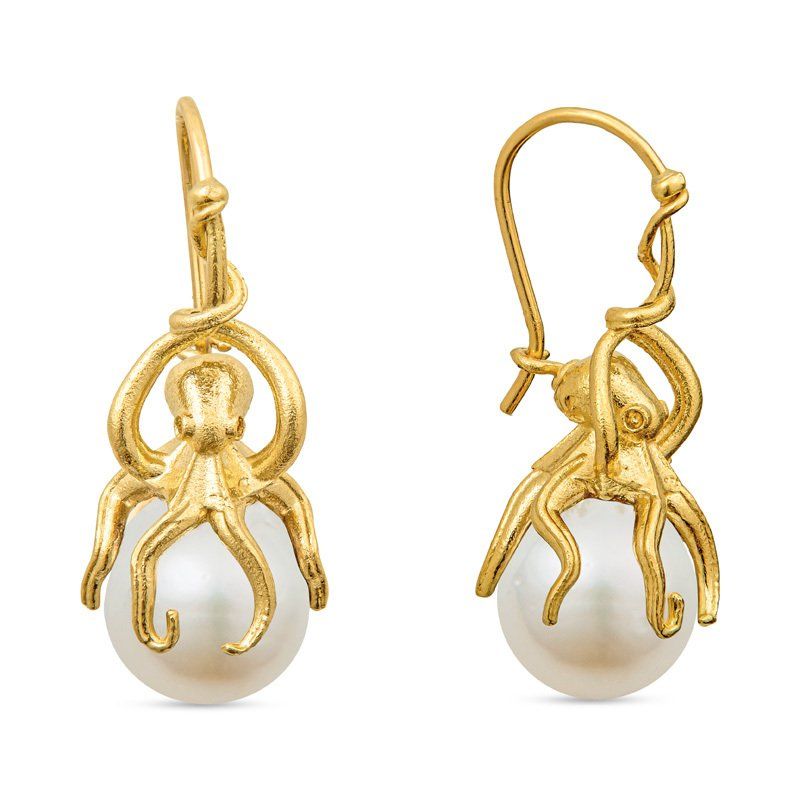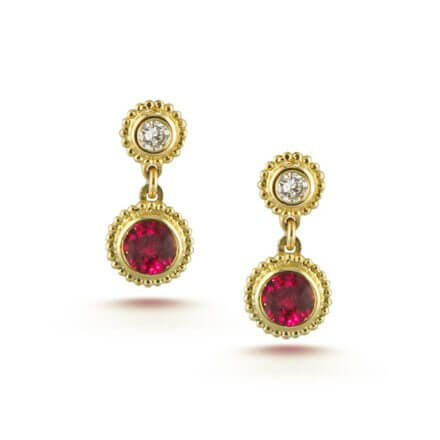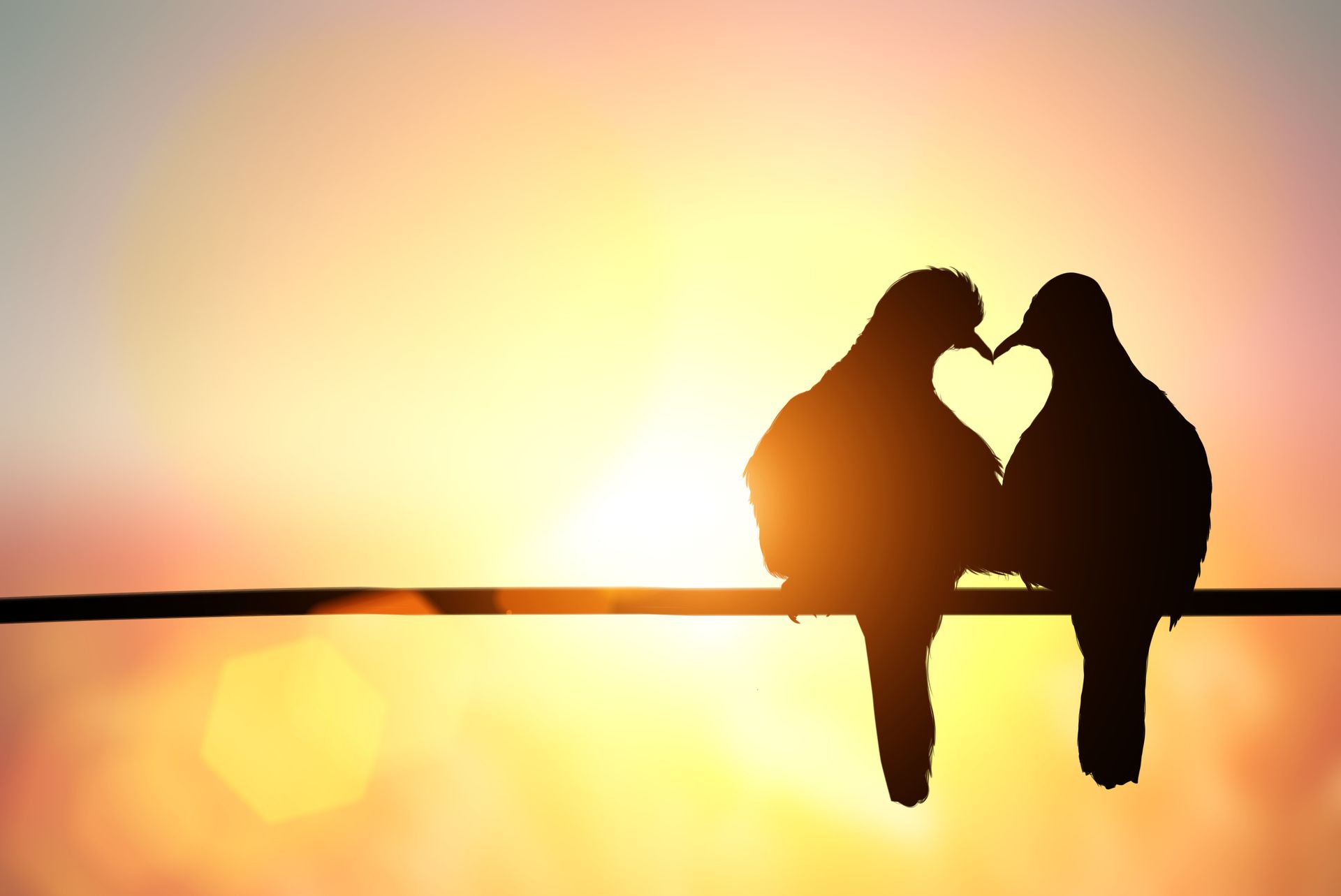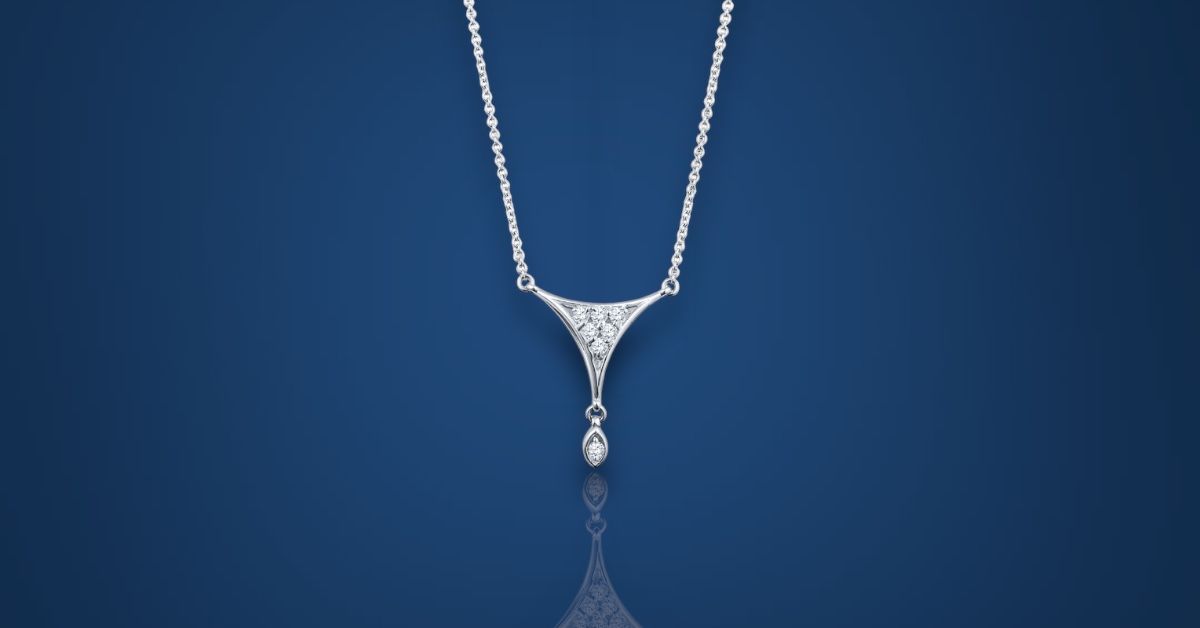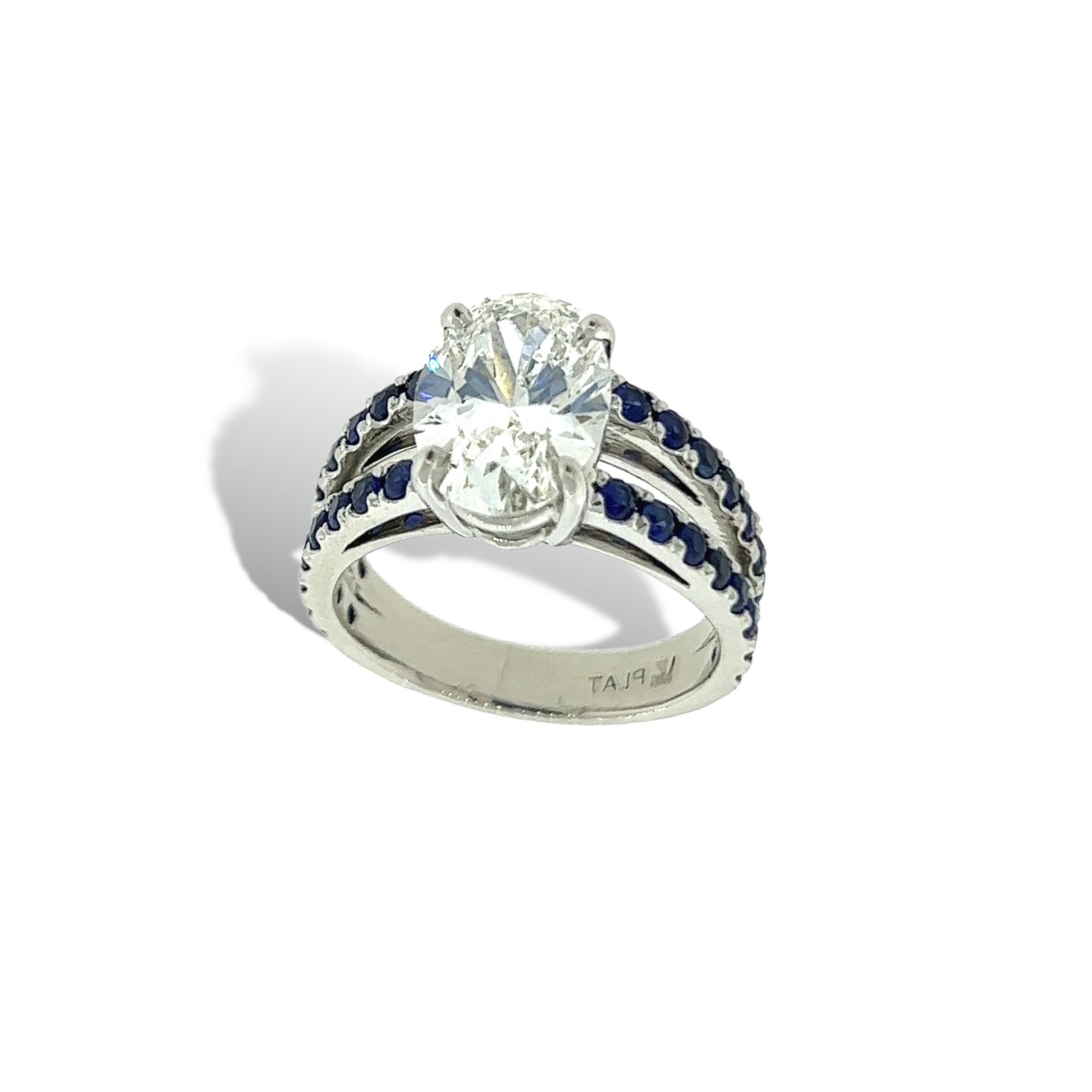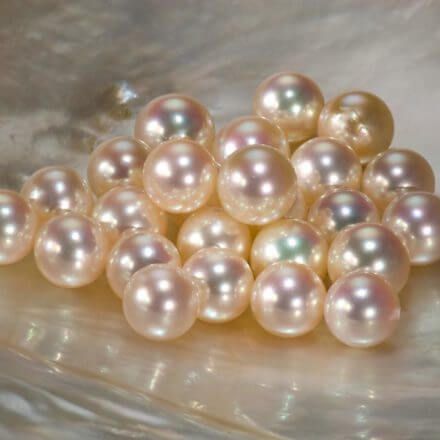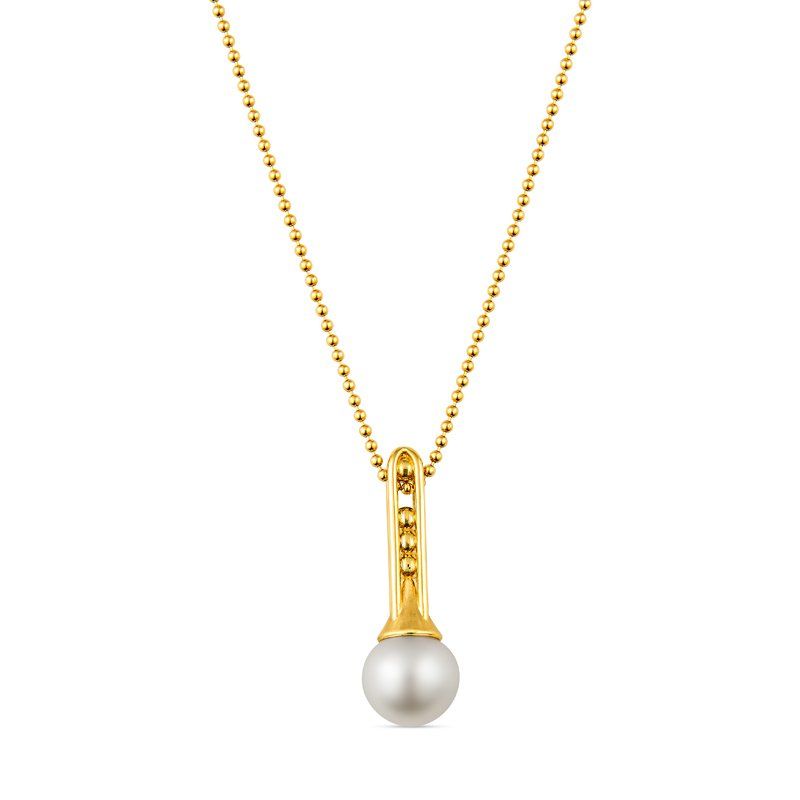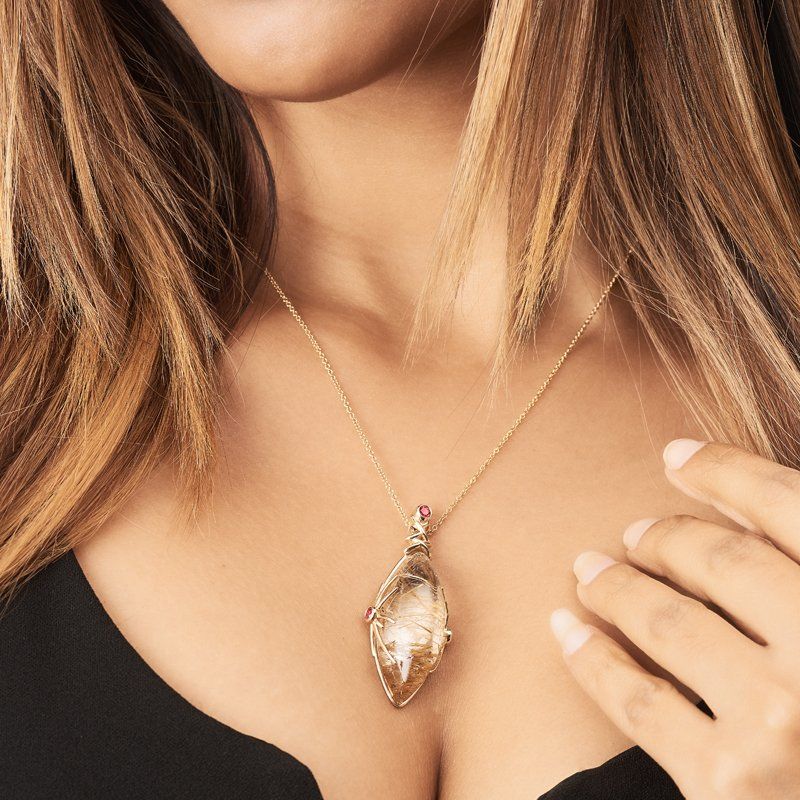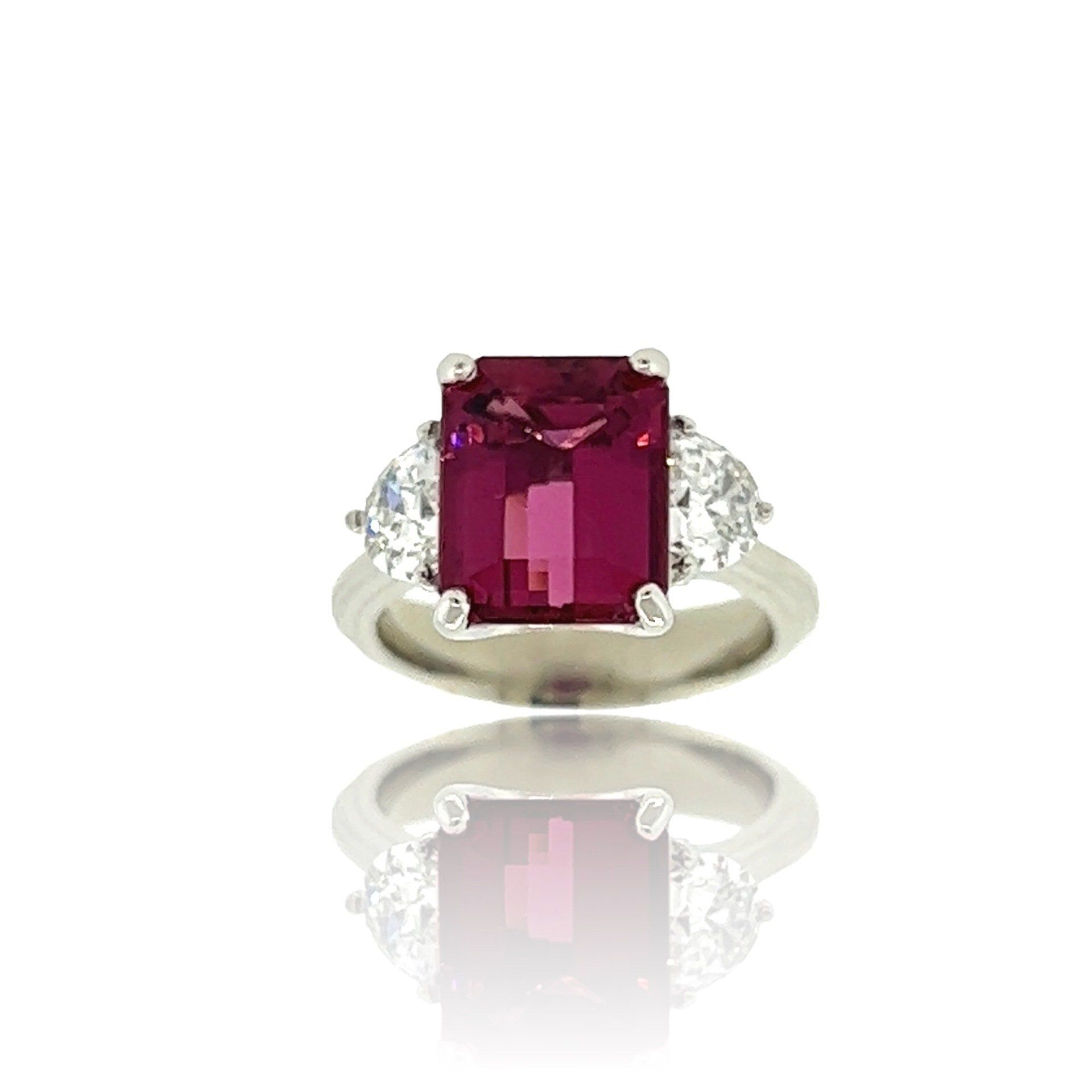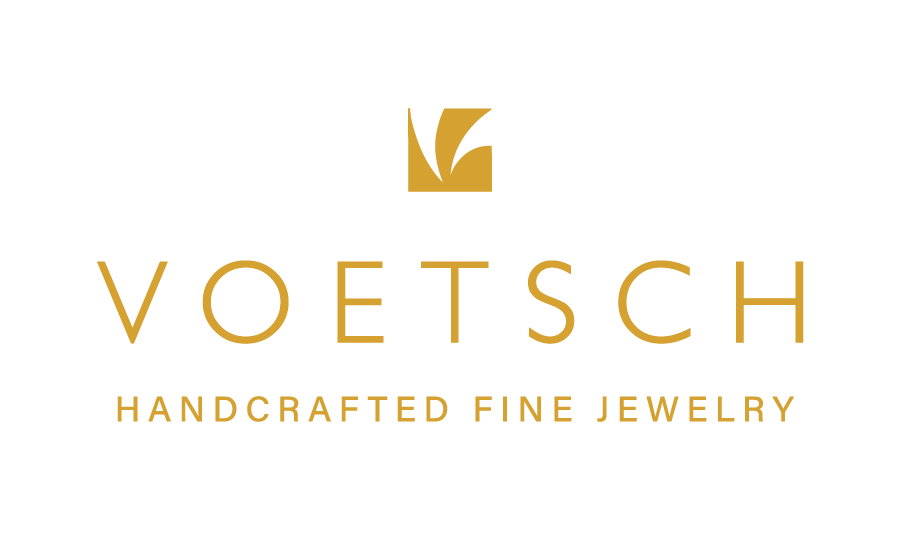Secrets to Keeping Your Diamond Sparkling
Diamond is the hardest natural substance on Earth. It can cut any kind of rock or metal, but only another diamond can cut a diamond. In fact, to burn a diamond, it must be heated to between 1290-1650 degrees Fahrenheit. Yet the oil deposited from the mere touch of a human finger can cause dirt to collect and make this nearly indestructible gemstone quickly lose its sparkling appeal.
So how can you keep your diamond looking its very best? Here are some tips on keeping your diamond sparkling.
Handle your diamond sparingly
Diamonds are natural magnets for grease, so they’re not easy to keep clean. When a diamond is handled, the oils from your fingers adhere to the diamond’s surface and affect its brilliance and fire.
Clean your diamond regularly
A simple plan to keep your diamond jewelry looking beautiful is to soak it in a gentle degreasing solution, such as water with a few drops of mild dish soap, once or twice a week. After you remove the diamond from the cleaning solution, use a soft, clean toothbrush to remove any remaining dirt. The toothbrush should be new and reserved exclusively for cleaning your jewelry. Use it to clean hard-to-reach places like the back of the diamond, which tends to collect the most oil and dirt.
Use a gentle touch
Fragile settings, like older prongs in antique jewelry or a tension setting where the diamond is held in place by pressure from the shank, shouldn’t be vigorously scrubbed, so be gentle with the toothbrush. Then, just rinse your diamond jewelry with water and dry with a soft, lint-free cloth. If you’re working over a sink, make sure to close the drain.
Don’t use harmful solutions
Chlorine bleach or abrasives (such as household cleansers or toothpaste) should never be used when cleaning diamond jewelry. Chemicals like chlorine can damage some of the metals used to alloy gold for diamond settings and abrasives can scratch gold and other metals.
Use ultrasonic cleaners with caution
Sometimes an ultrasonic cleaner is necessary to remove encrusted dirt on diamonds. By sending low frequency sound waves through a solution, ultrasonic cleaners cause vibrating fluid to remove accumulated dirt and grime. But they can also shake loose stones from their mountings or chip the girdles of diamonds that are set next to each other. Proceed cautiously if the diamond contains feathers or is included, and avoid ultrasonics if the diamond has been treated by fracture filling. Before placing your diamond in an ultrasonic cleaner, it’s best to refer to the diamond’s grading report, which clearly discloses whether the diamond has been treated. You should also consult a professional jeweler who can determine if your jewelry needs repair, such as checking for loose stones and tightening them, before it is cleaned.
The key to a diamond’s sparkle lies in its facets – which work like a series of many tiny mirrors reflecting light in and out of the stone. Regularly cleaning the facets will keep your diamond sparkling and your diamond jewelry in gleaming condition, ready to shine for your next special occasion.
SOURCE: Gemological Institute of America 12/10/2105
The post Secrets to Keeping Your Diamond Sparkling
appeared first on Official Jewelry By Design Website.
The post Secrets to Keeping Your Diamond Sparkling appeared first on Official Jewelry By Design Website.
